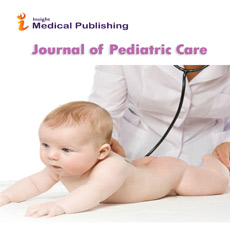Abstract
Do Cranial Remolding Orthoses Work?
Context: The infant skull is inherently pliable at birth and skull growth patterns can be affected by deformational forces if the forces are applied for an extended amount of time. Cranial Remolding Orthoses (CROs) are commonly used as a treatment method to return a deformed skull to a normalized shape. Objective: Patient outcomes were reviewed to determine if CRO treatment duration and posttreatment residual asymmetry were influenced by treatment initiation age and initial severity. Methods: University of Texas Southwestern Medical Center researchers performed a retrospective chart review of infants who completed treatment with a CRO at Level 4 Prosthetics and Orthotics’ Texas offices between January 2013 and June 2017. In total, 2423 charts were reviewed to find 499 subjects with deformational plagiocephaly who completed CRO treatment. CRO treatment entailed wearing the orthosis 23 hours per day until the head shape was corrected; the CRO was regularly adjusted for growth. Treatment duration, post-treatment asymmetry, and the asymmetry correction rate were statistically examined. Results: Treatment duration was generally longer and post-treatment asymmetry was higher for infants with more severe starting head shapes and infants who began treatment at an older age. The asymmetry correction rate was faster for younger infants. Conclusions: CRO treatment significantly improved the head shape of all age and severity groups. When treating infants with deformational plagiocephaly, success appears to be better when starting CRO treatment at a younger age.
Author(s):
Tiffany Graham*
Abstract | PDF
Share this

Google scholar citation report
Citations : 130
Journal of Pediatric Care received 130 citations as per google scholar report
Abstracted/Indexed in
- Google Scholar
- China National Knowledge Infrastructure (CNKI)
- Cosmos IF
- WorldCat
- Geneva Foundation for Medical Education and Research
- Secret Search Engine Labs
Open Access Journals
- Aquaculture & Veterinary Science
- Chemistry & Chemical Sciences
- Clinical Sciences
- Engineering
- General Science
- Genetics & Molecular Biology
- Health Care & Nursing
- Immunology & Microbiology
- Materials Science
- Mathematics & Physics
- Medical Sciences
- Neurology & Psychiatry
- Oncology & Cancer Science
- Pharmaceutical Sciences

